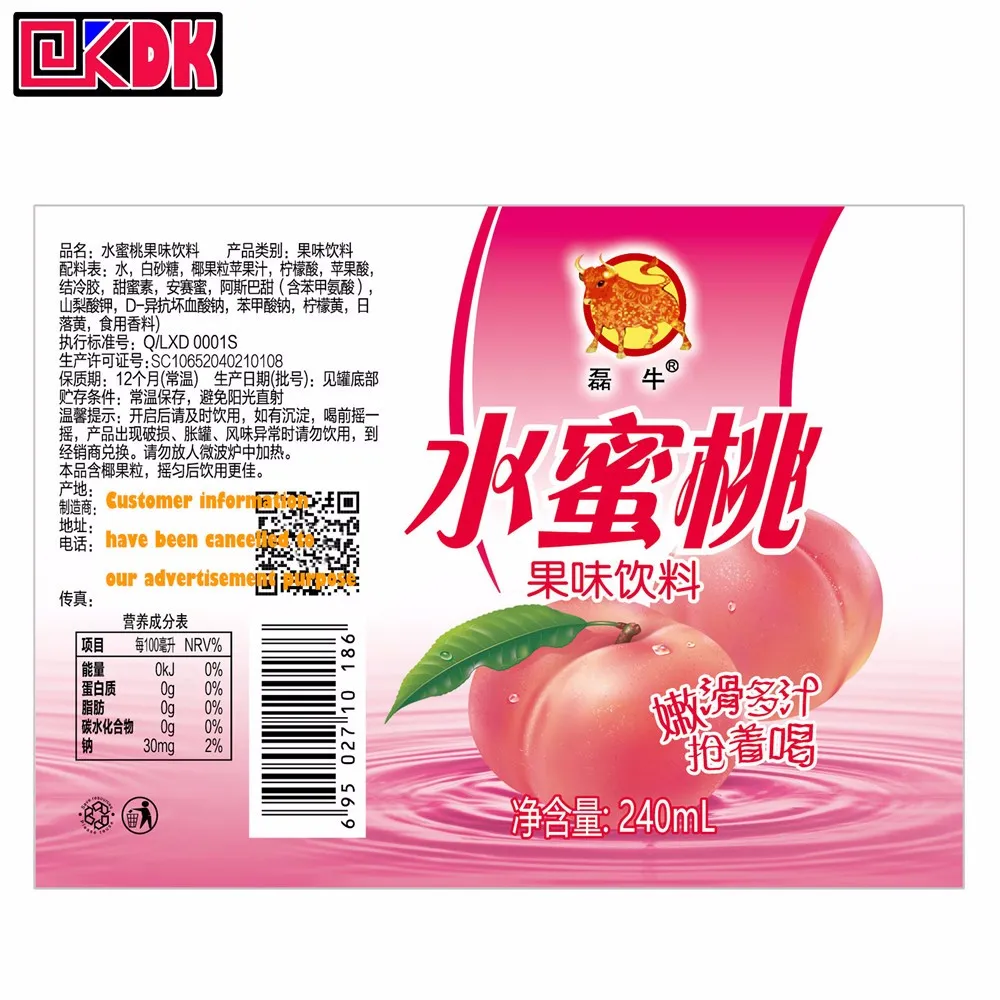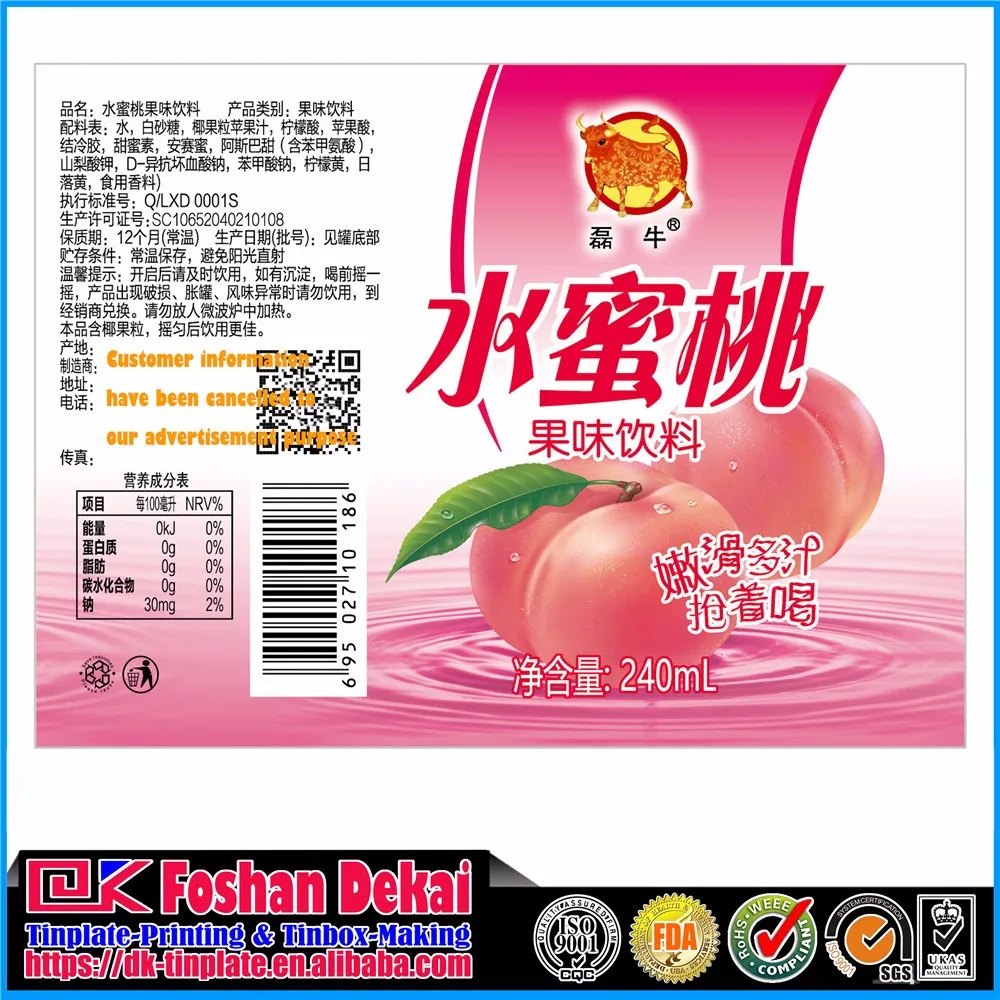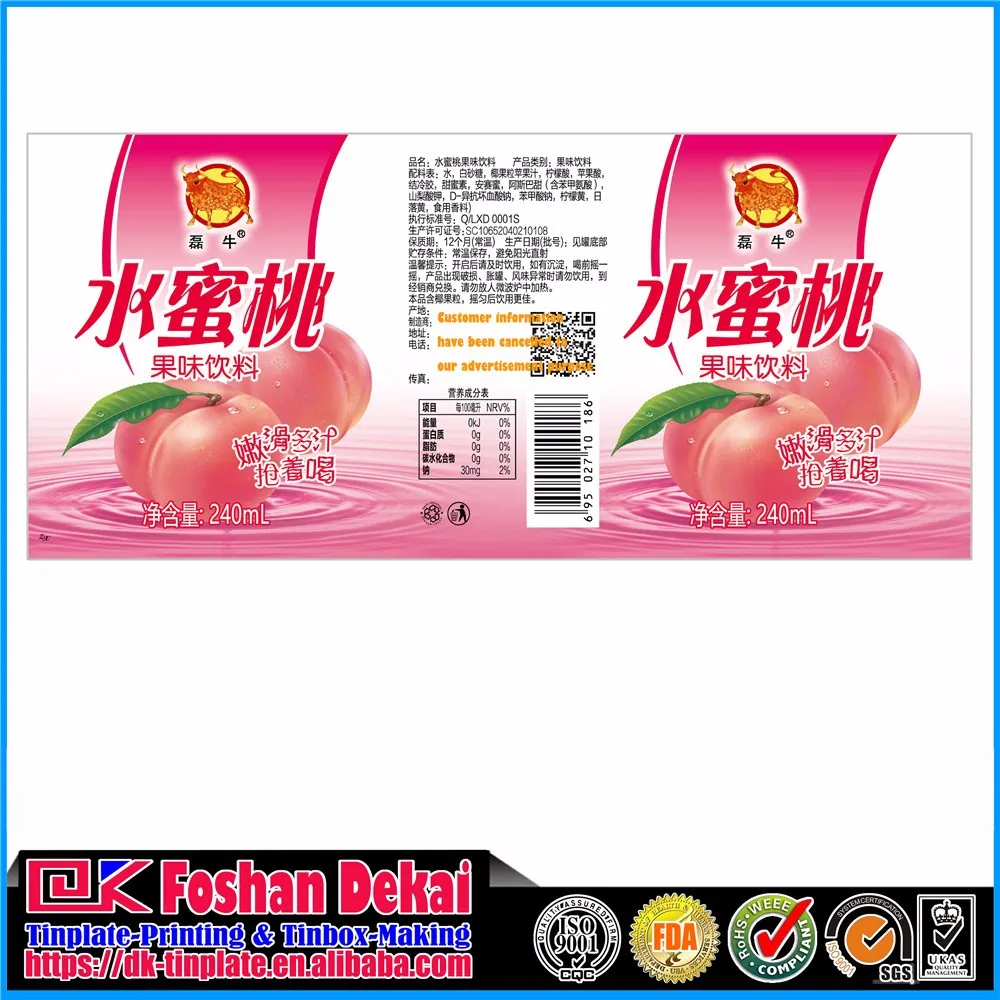Food packaging material is a vital part of the food industry. It not only bears the responsibility of protecting food, but also is related to the preservation, quality and health and safety of food as well as the health and safety of consumers. Among the many food packaging materials, tin plate sheet is favored for its excellent performance and wide application. Many of the food cans, beverage cans, candy boxes, biscuit cans, etc. that people often see are made of tin plate sheet.
So, why can tinplate sheet be used as food packaging material? This article will explore the importance of tin plate sheet in the field of food packaging and the scientific principles behind it from multiple perspectives.

What is tinplate sheet?
Tinplate sheet, as the name suggests, is a kind of iron with tin on the surface. It is a composite material obtained by cold rolling low carbon steel or mild steel into thin plates and then tinning. Because of its strength of iron and anti-corrosion properties of tin, this material is widely used in many fields such as food packaging, electronic parts, and building materials.
The essence of tin plate sheet is tin-plated thin steel sheet. Because of its smooth, silvery-white metallic texture, and the anti-oxidation and anti-corrosion properties of tin while maintaining the strength of steel, it has become an ideal choice for all kinds of food packaging.
Why can tinplate sheet be used as food packaging material?
Reasons why tinplate sheet can be used as food packaging material:
1. Anti-corrosion performance
2. Mechanical strength and durability
3. Good sealing
4. Food safety
5. Good processability and decorativeness
6. Recyclable and environmentally friendly characteristics
The reason why tinplate sheet can become the first choice for food packaging materials is mainly due to its several key characteristics, which are the important requirements for food packaging materials.

Anti-corrosion performance
The primary task of food packaging is to protect food from the external environment and prevent food from spoiling. Metal materials are prone to oxidation reactions and rust in humid, oxygen-rich environments. Especially iron materials, when iron reacts chemically with oxygen and moisture in the air, it is very easy to rust, which in turn affects the safety of food.
However, the surface of tin plate sheet is plated with a layer of tin. Tin itself is a metal with very stable chemical properties and will not react significantly with oxygen or moisture in the air at room temperature. Since tin can form a protective barrier on the surface of iron, it prevents iron from being directly exposed to the air, thereby effectively preventing iron from oxidizing and rusting. Therefore, food packaging materials made of tinplate sheet can resist external corrosion well and ensure the quality of food during long-term storage.
The anti-corrosion properties of tin also enable tin plate sheet packaging cans to cope with a variety of different food types, especially highly acidic foods, such as ketchup, canned fruit, etc., to prevent the acidic components in the food from directly contacting the metal and causing corrosion reactions.
Mechanical strength and durability
In addition to having excellent anti-corrosion properties, food packaging materials are also required to have sufficient mechanical strength to ensure that they will not be damaged by external extrusion or collision during production, transportation, and storage. Especially for liquid or canned foods, the firmness of the packaging is particularly important, because once the packaging is damaged, it will not only cause food leakage, but also seriously affect the safety and quality of the food.
The base material of tinplate sheet is cold-rolled steel plate, which has high strength and toughness and can resist external impact and pressure. The tin-plated layer further enhances the durability of tinplate sheet, making it have both the strength of metal materials and good processing performance. Food packaging cans made of tinplate sheet are usually very strong, not easy to deform, and can withstand high-intensity extrusion without cracking or damage.
In addition, the ductility and formability of tinplate sheet enable it to be processed into a variety of shapes when making packaging to meet the packaging needs of different foods. Whether it is a traditional round can or a special-shaped packaging container, tinplate sheet can be made to meet the requirements through modern processing technology.
Good sealing
The storage conditions of food have a direct impact on its shelf life. Oxygen and moisture are the main factors that cause food corruption. If the food packaging material cannot provide good sealing performance, oxygen and moisture in the air will easily enter the packaging, causing the food to rot and deteriorate.
Tinplate sheet packaging cans can achieve extremely high sealing through a special sealing process, preventing external air, moisture and microorganisms from entering the can body, thereby extending the shelf life of food. Tin plate sheet food cans are usually sealed with crimping, which makes the can body and can lid very tight, ensuring that air does not penetrate into the food.
Due to its excellent sealing performance, tin plate sheet food packaging is widely used in the packaging of various canned foods. Whether it is canned fruit, canned meat, fish, dairy products, etc., this material can ensure that the food remains fresh, hygienic and safe for a long time after packaging.
Food safety
The safety of food packaging materials directly affects the hygiene of food and the health of consumers. When choosing food packaging materials, the first thing to consider is whether the material will react harmfully with food. When some metal materials come into contact with acidic or alkaline foods, chemical reactions may occur to generate substances that are harmful to the human body.
The reason why tin plate sheet is widely used in food packaging is that the tin layer on its surface has good chemical inertness, which can effectively prevent metal ions from dissolving into food, thereby ensuring food safety. In addition, in order to further improve the safety of tin plate sheet packaging, many food packaging cans are coated with a food-grade coating (such as epoxy resin or phenolic resin) on the inner surface. This coating can act as an isolation to prevent direct contact between food and metal, thereby eliminating possible chemical reactions.
This coating not only provides additional protection for food safety, but also enhances the acid and alkali resistance of tinplate sheet packaging cans, ensuring that they can maintain stable physical and chemical properties when storing acidic foods.
Good processability and decorativeness
In addition to functionality, the aesthetics and decorativeness of food packaging are also important factors in attracting consumers to buy. Due to its excellent processability and smooth surface, tinplate sheet has become an ideal material for printing and decoration of various food packaging.
Tinplate sheet can be printed with high quality, and its surface can be coated with various colors, patterns and brand logos. The printing effect is bright and long-lasting, which can not only improve the visual appeal of the product, but also enhance the market competitiveness of the brand. For food manufacturers, exquisite packaging can not only convey product quality information, but also increase the recognition of products on the shelf, thereby prompting consumers to buy.
Recyclable and environmentally friendly characteristics
In today's society, environmental protection has become an important factor in the selection of food packaging materials. As an environmentally friendly and recyclable metal material, tin plate sheet meets the requirements of sustainable development in the modern food packaging industry. Tinplate sheet can be recycled many times, and no harmful chemicals are produced during the recycling process, which helps to reduce resource waste and environmental pollution.
Compared with disposable packaging materials such as plastics, tinplate sheet has a higher recycling rate, and after reprocessing, tinplate sheet can still maintain its original mechanical properties and anti-corrosion properties. This feature not only meets the society's requirements for environmental protection, but also enables food production companies to reduce production costs and achieve the dual goals of economic and environmental benefits.

Tinplate sheet and other food packaging materials: What is the difference?
In the field of food packaging, in addition to tin plate sheet, there are many other packaging materials, such as aluminum, glass, plastic, etc. They each have different characteristics and scope of application. Compared with other materials, the advantages of tin plate sheet are particularly obvious.
Comparison with aluminum
Aluminum is a lightweight metal with good anti-corrosion properties and is also commonly used in the field of food packaging. However, the mechanical strength and durability of aluminum are weaker than tin plate sheet, especially when resisting external force extrusion, aluminum is more likely to deform or damage. In addition, the processing cost of aluminum is high, which is not as economical as tinplate sheet.
Comparison with glass
Glass packaging has excellent chemical stability and does not react chemically with food, so it is also widely used in food packaging. However, glass packaging is relatively fragile, easy to break, and heavy, which increases the cost of transportation and storage. Tin plate sheet is not only light in weight, but also durable and not easy to break, which is suitable for large-scale food production and transportation.
Comparison with plastic
Plastic packaging materials are light in weight and low in cost, but their chemical stability is poor, especially in high temperature environments, some plastic materials may release harmful substances. In addition, the environmental protection of plastics is far less than that of tin plate sheet, and the recycling and degradation of plastics have been plaguing global environmental protection work. In contrast, tin plate sheet has a higher recycling rate and better environmental performance.

